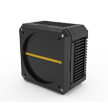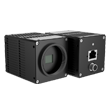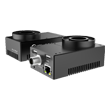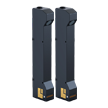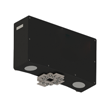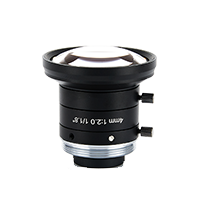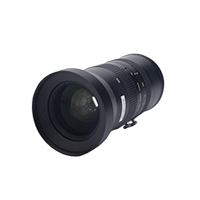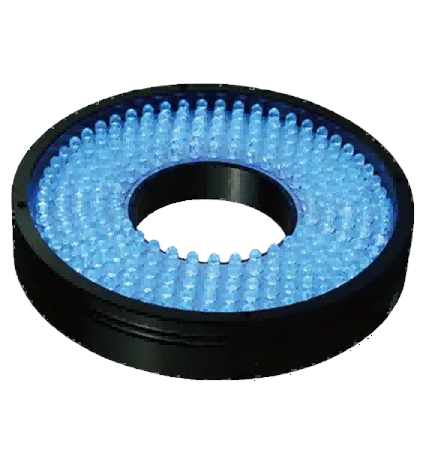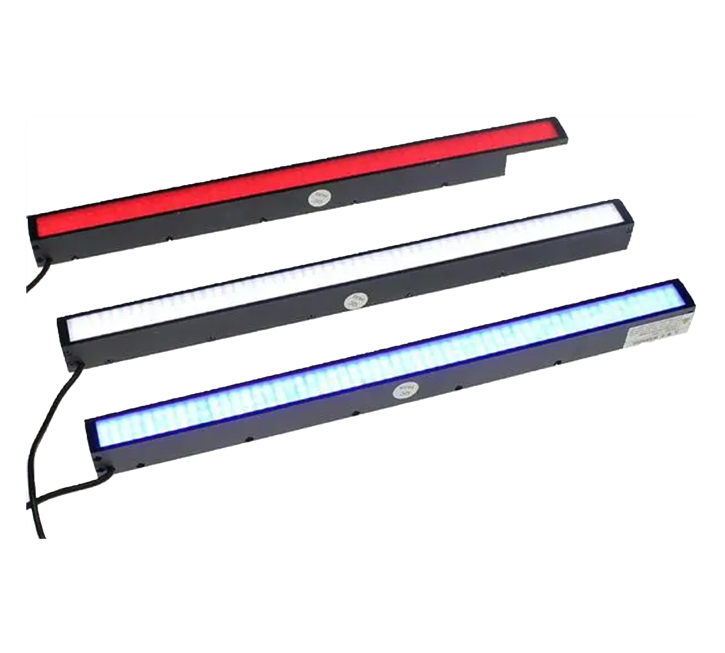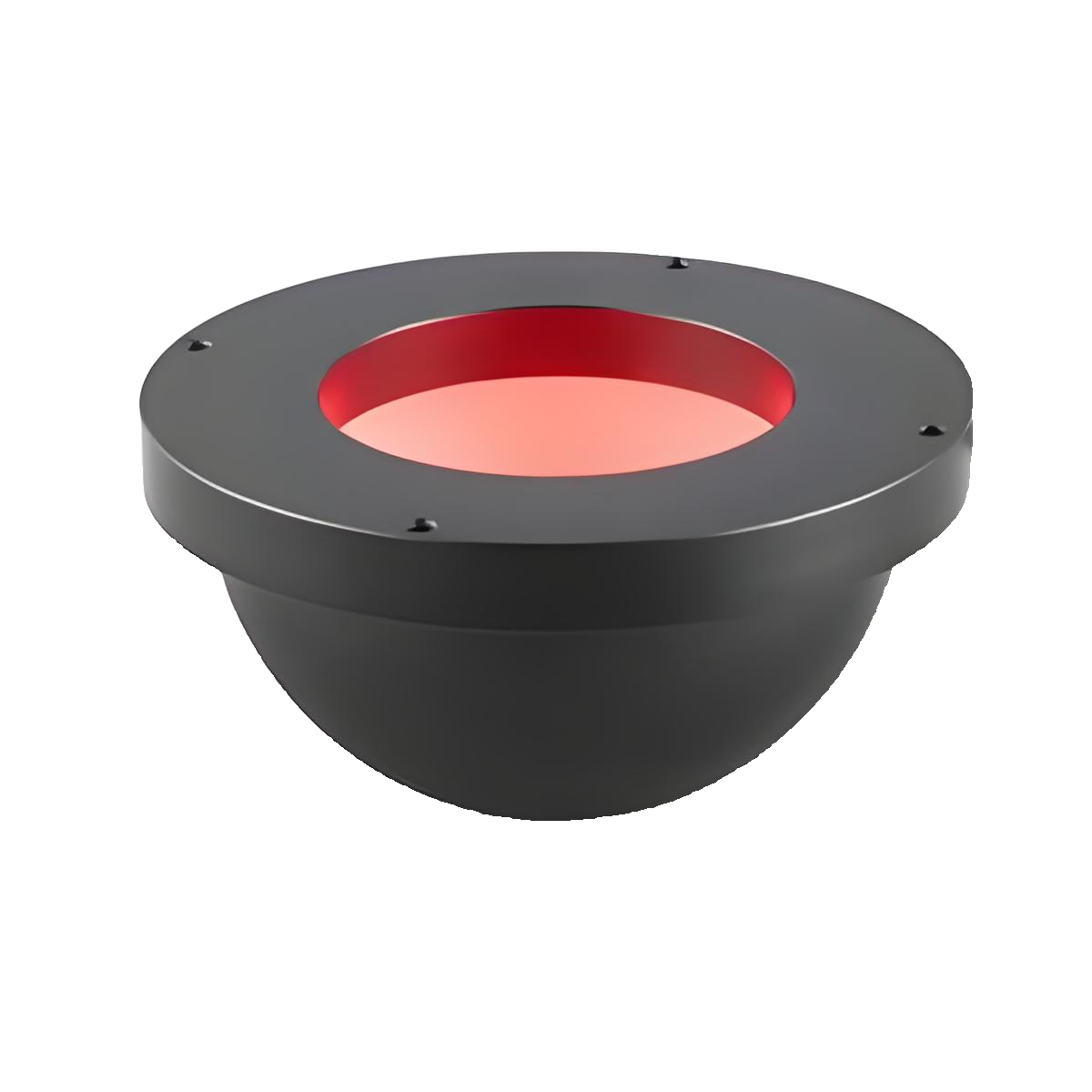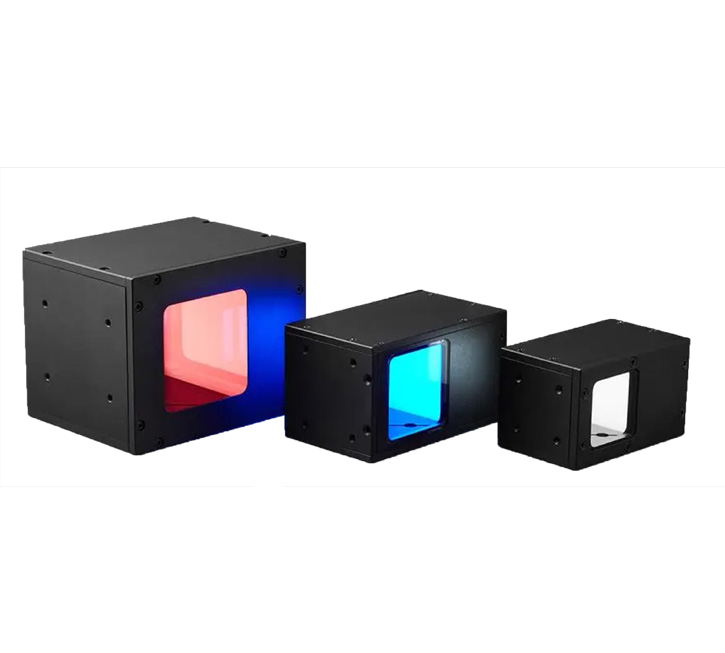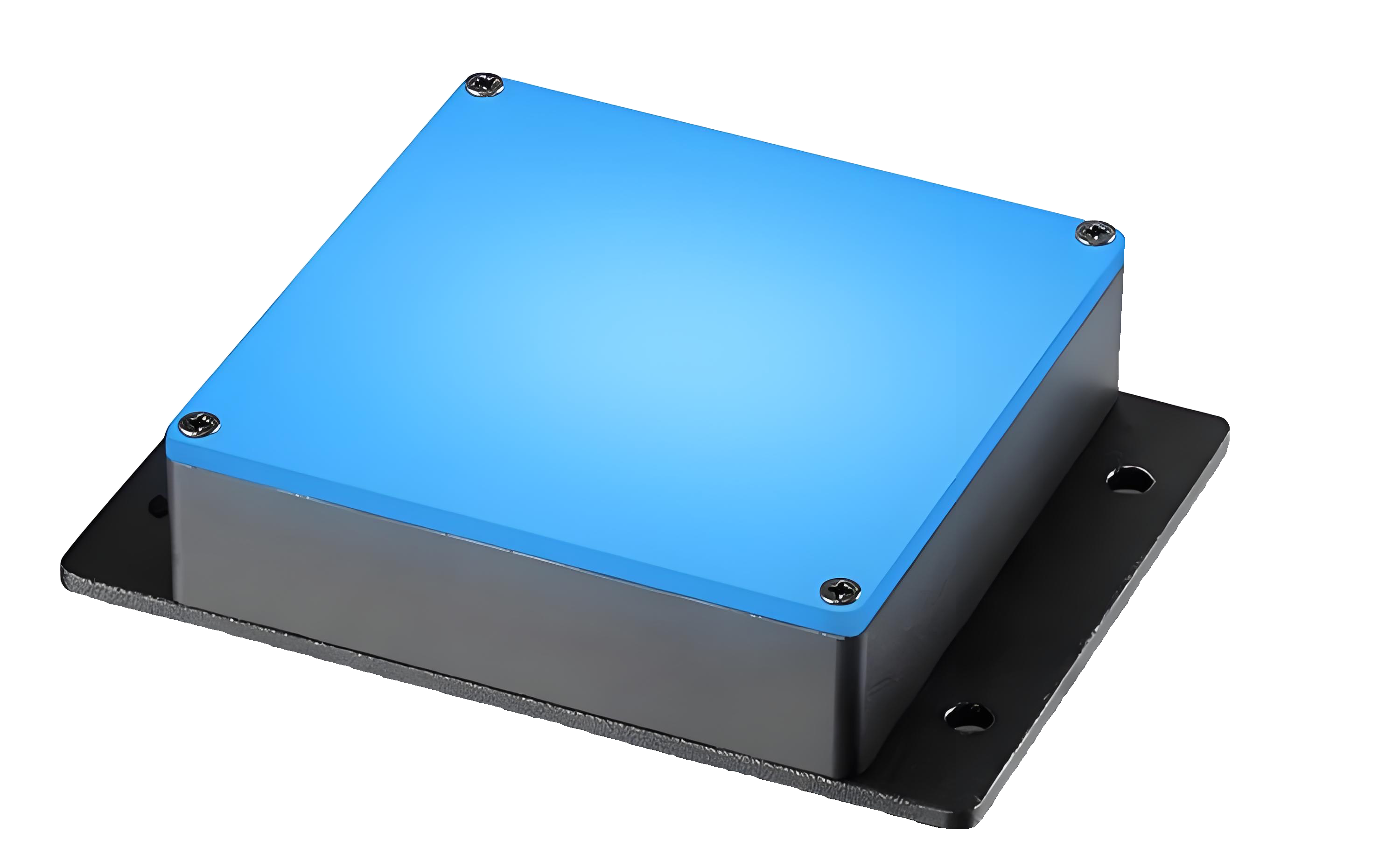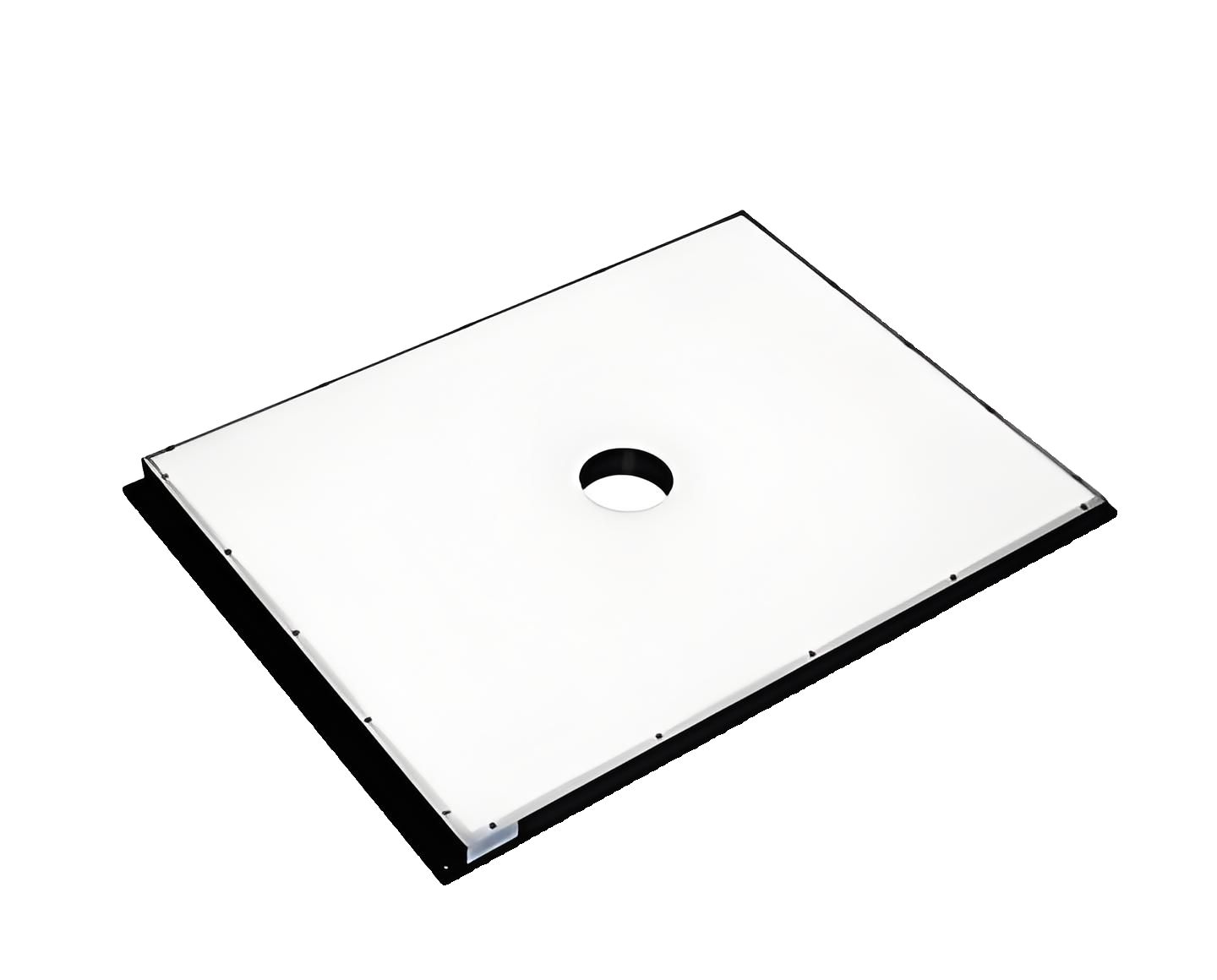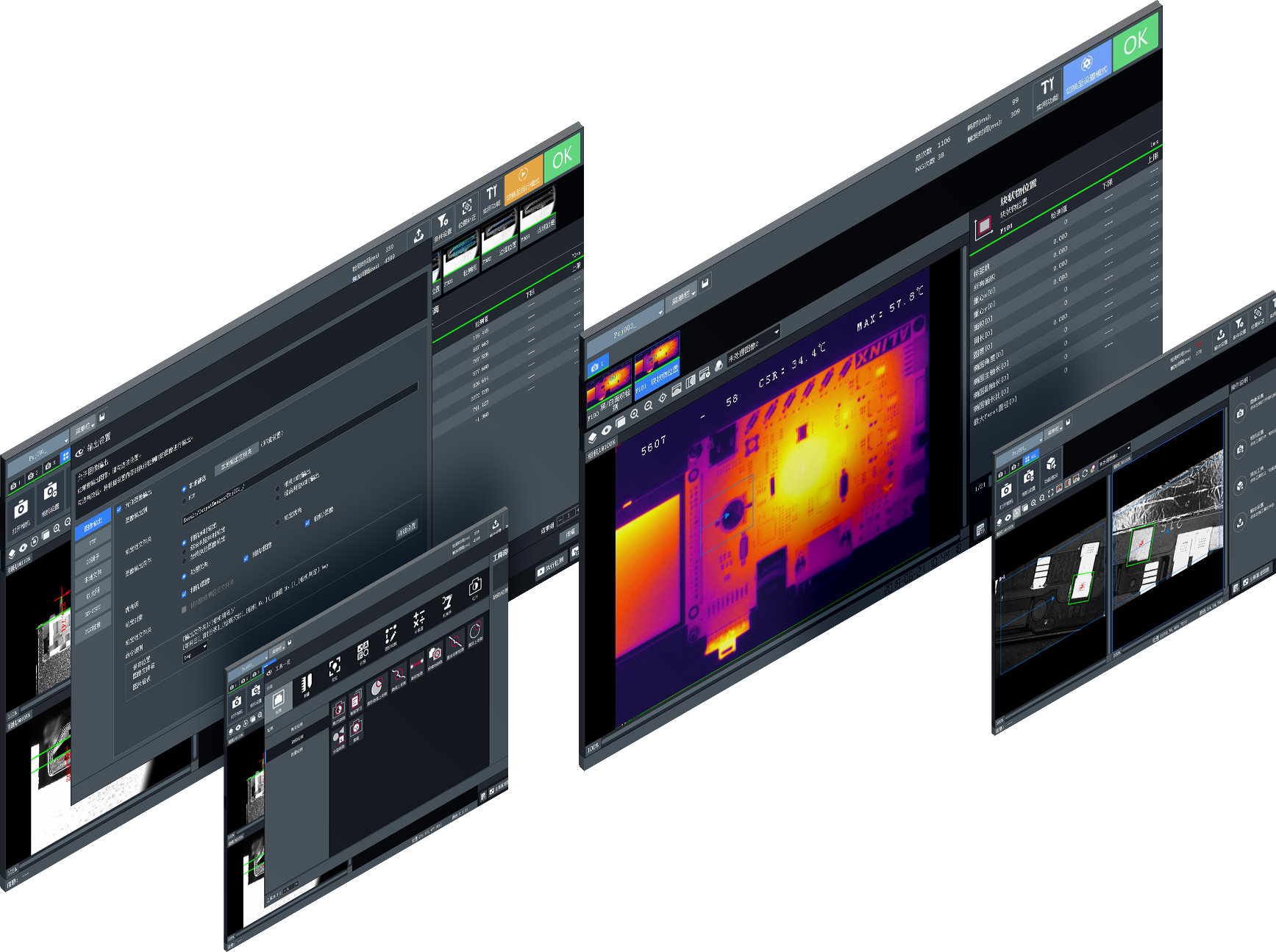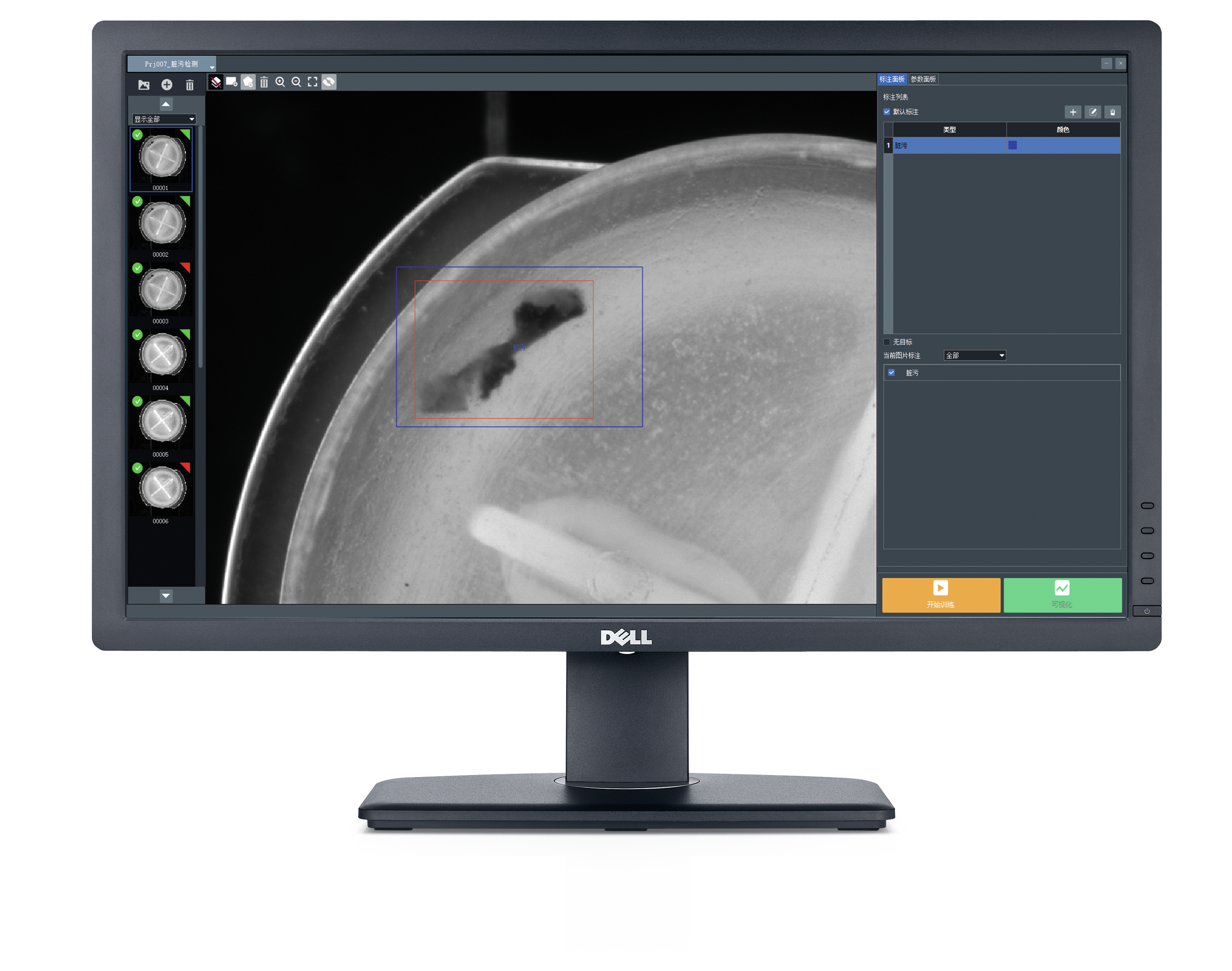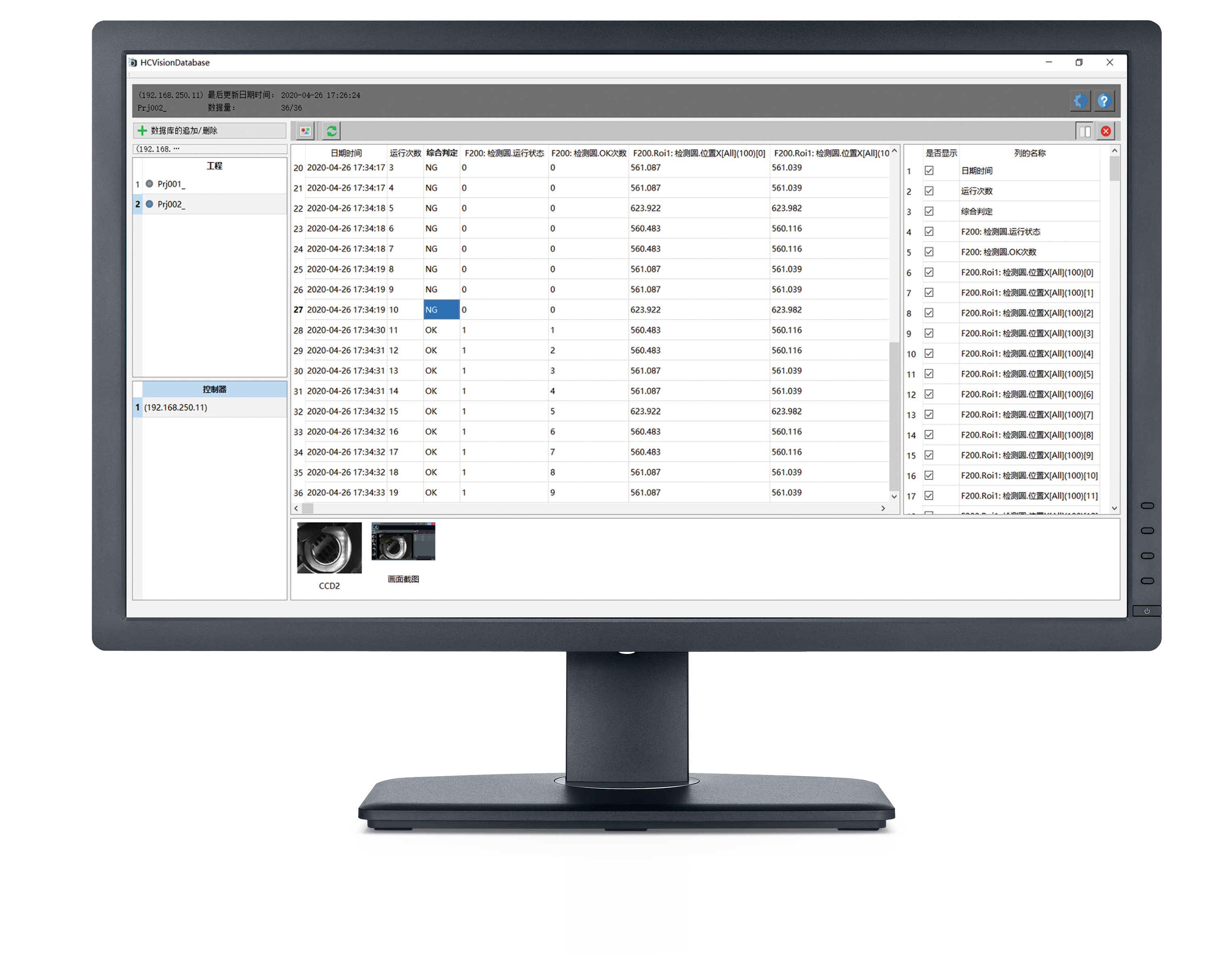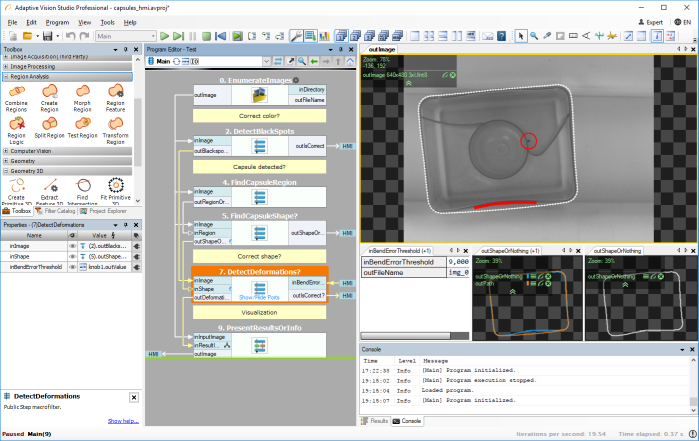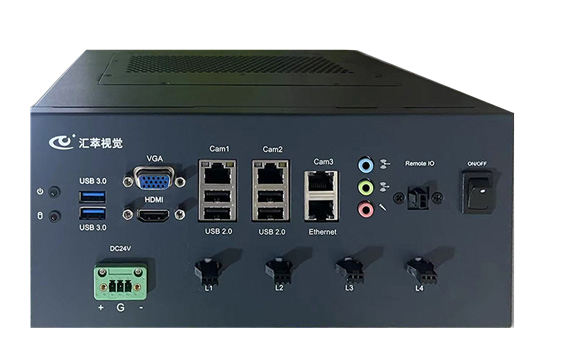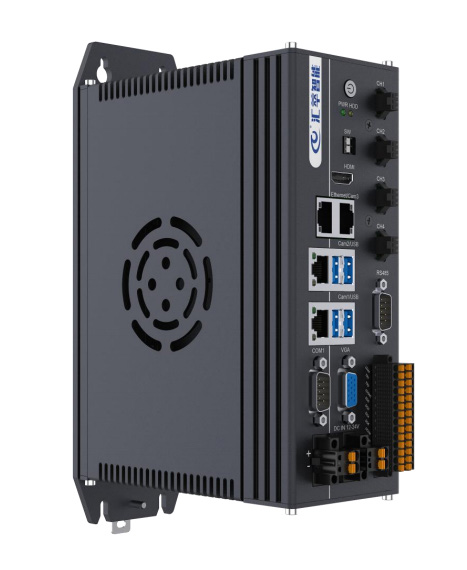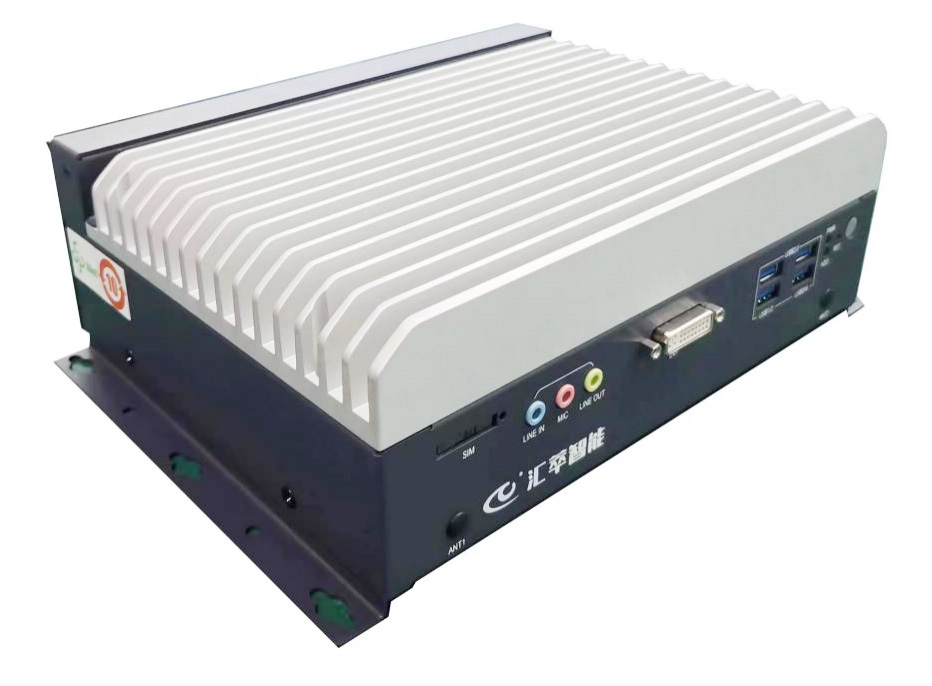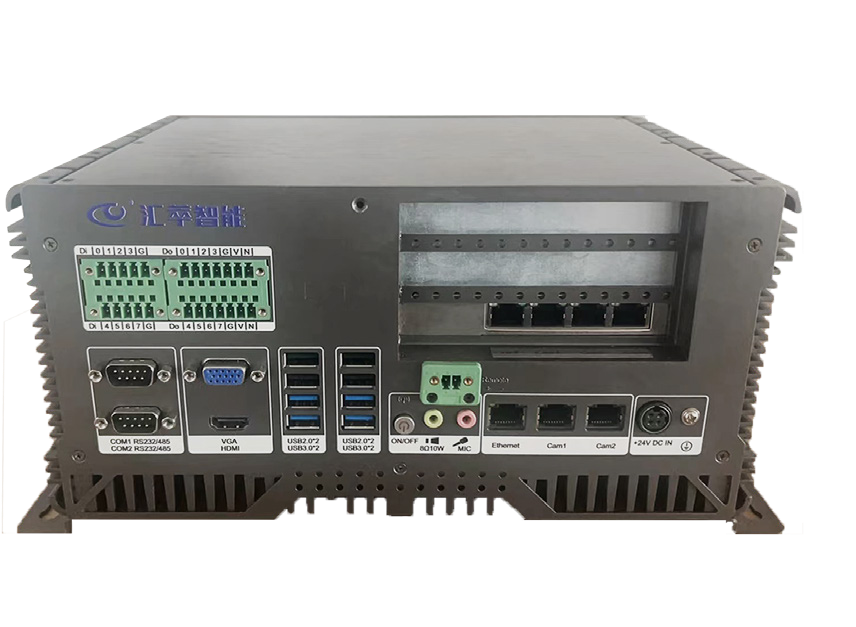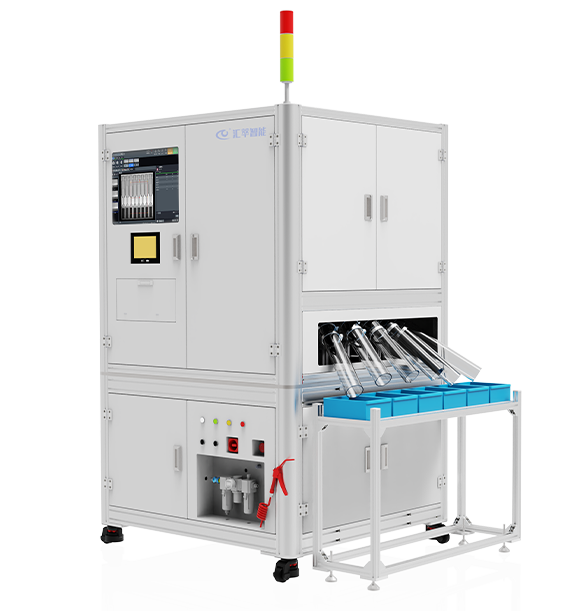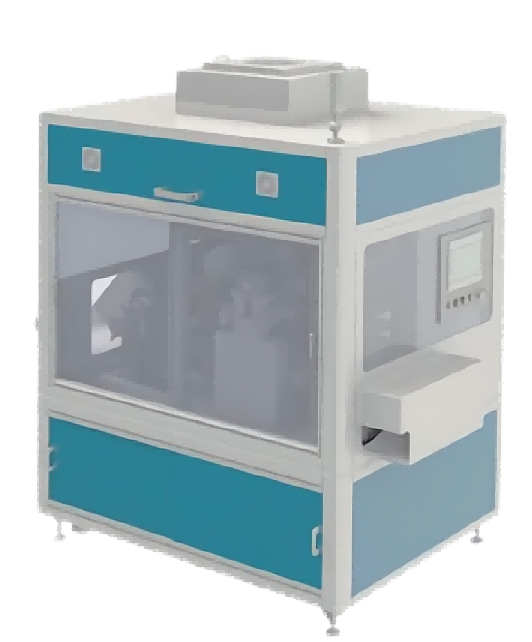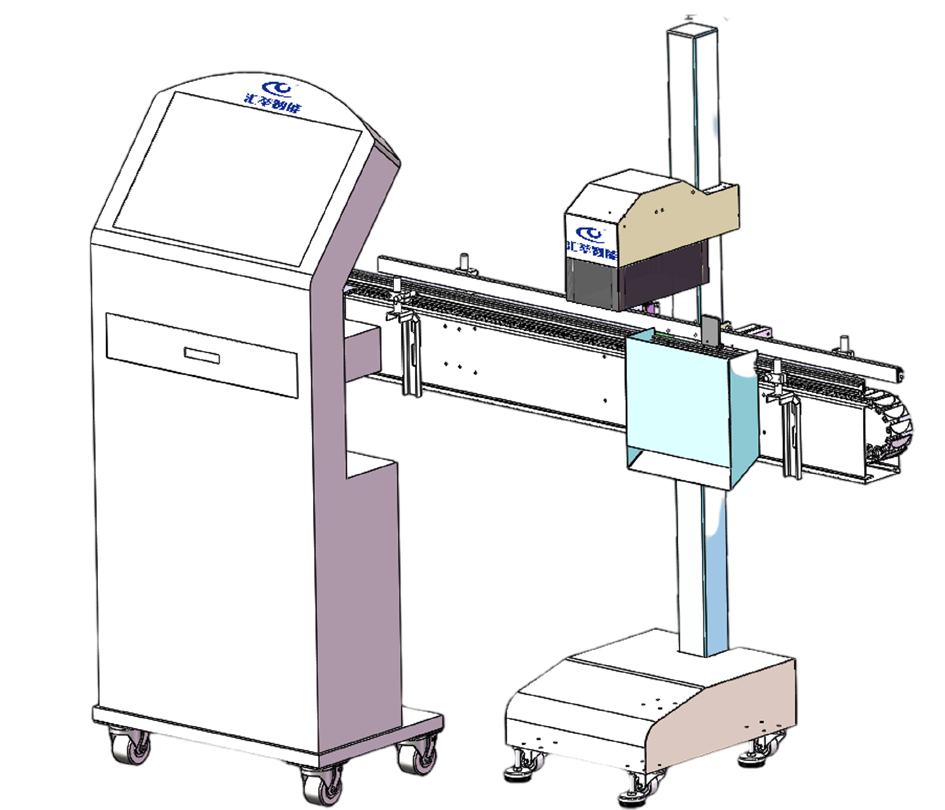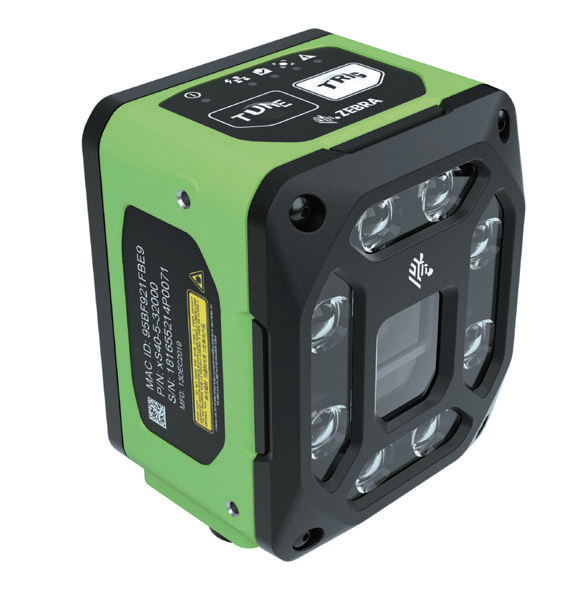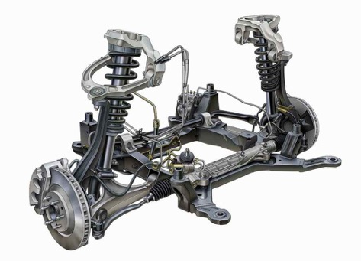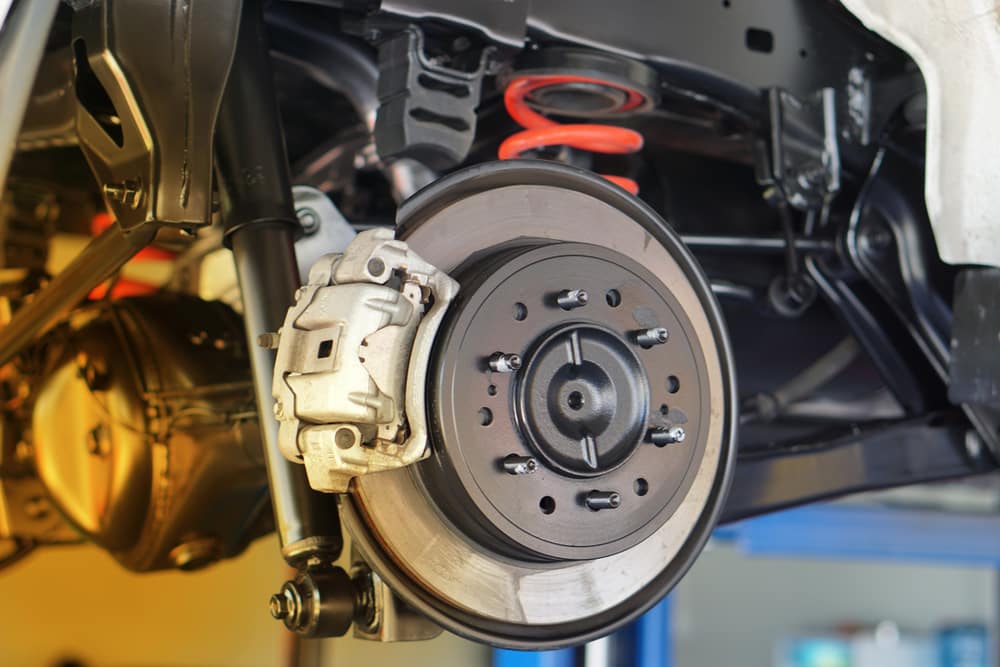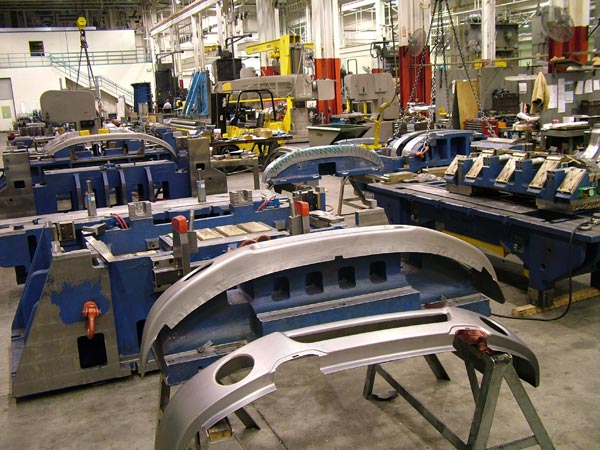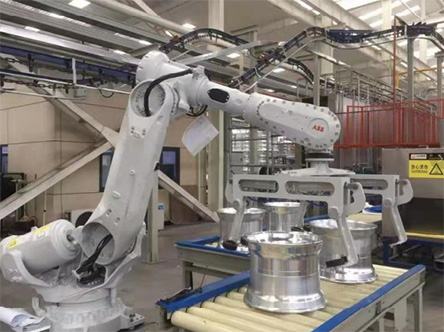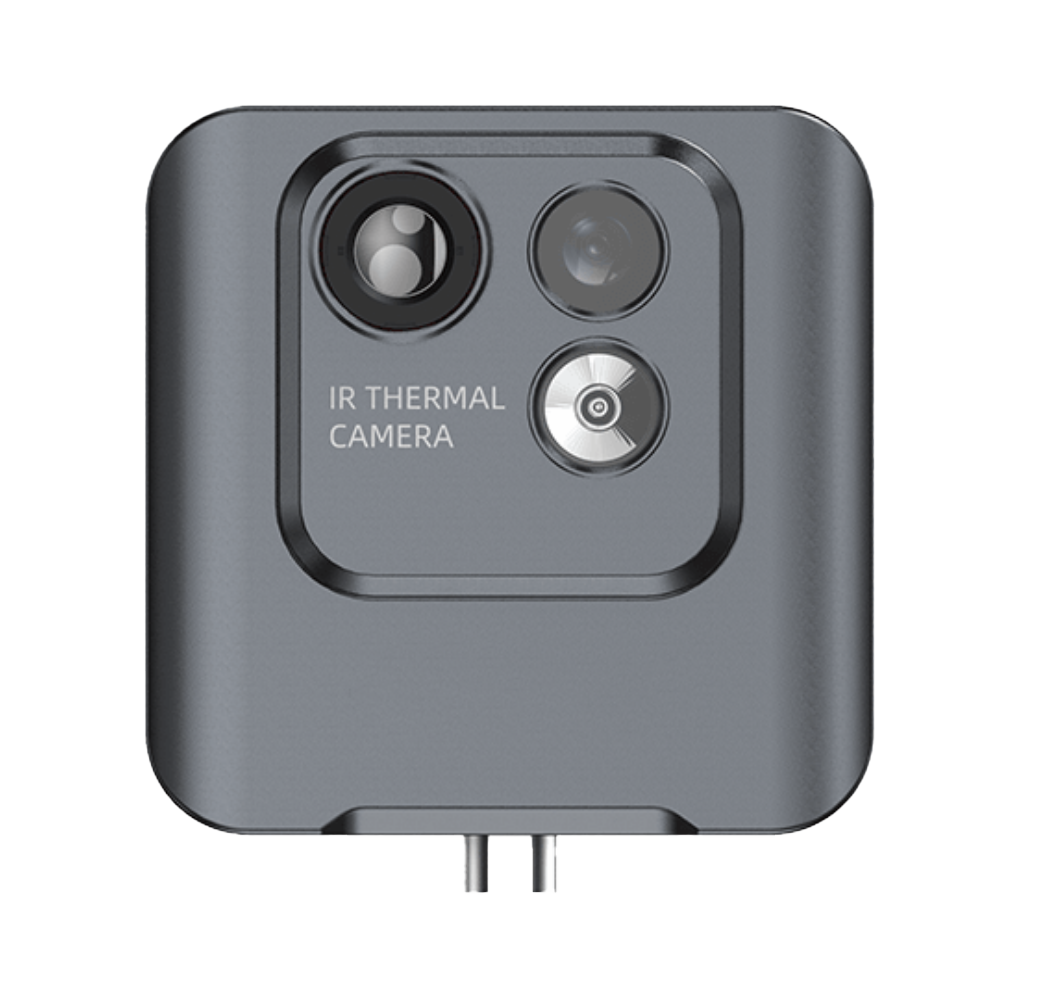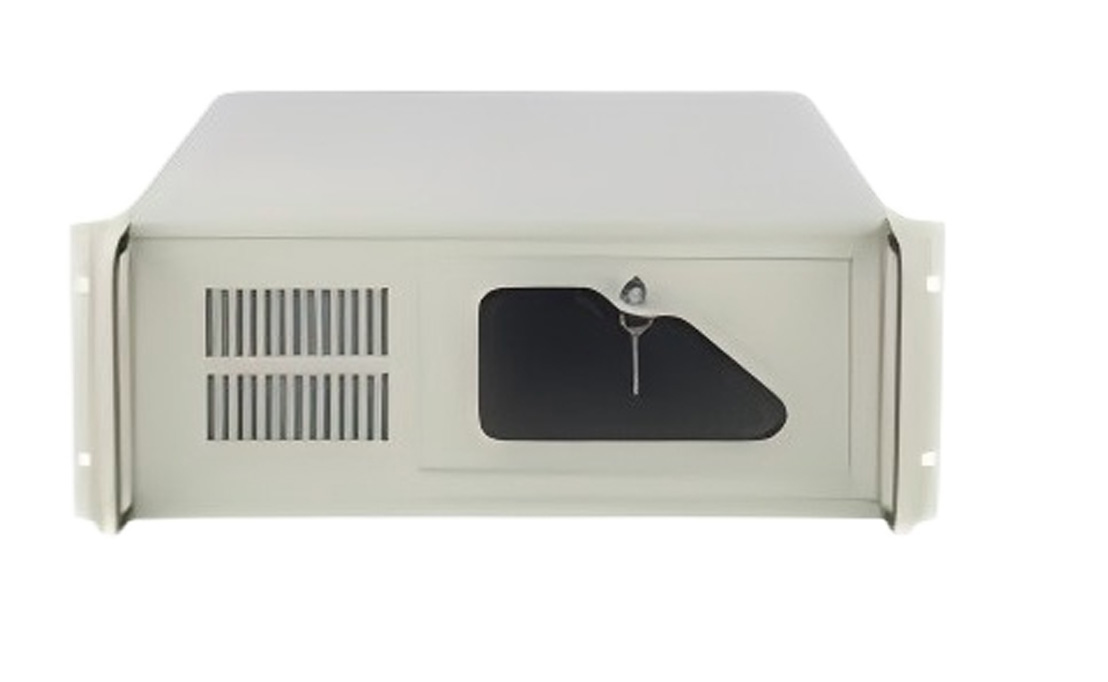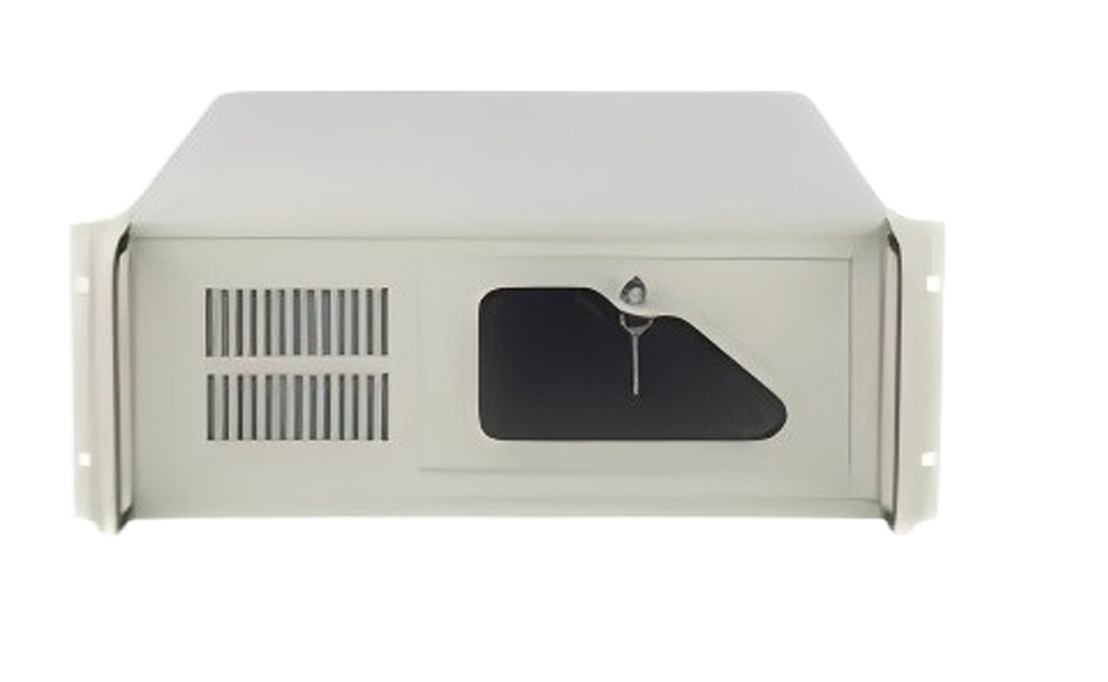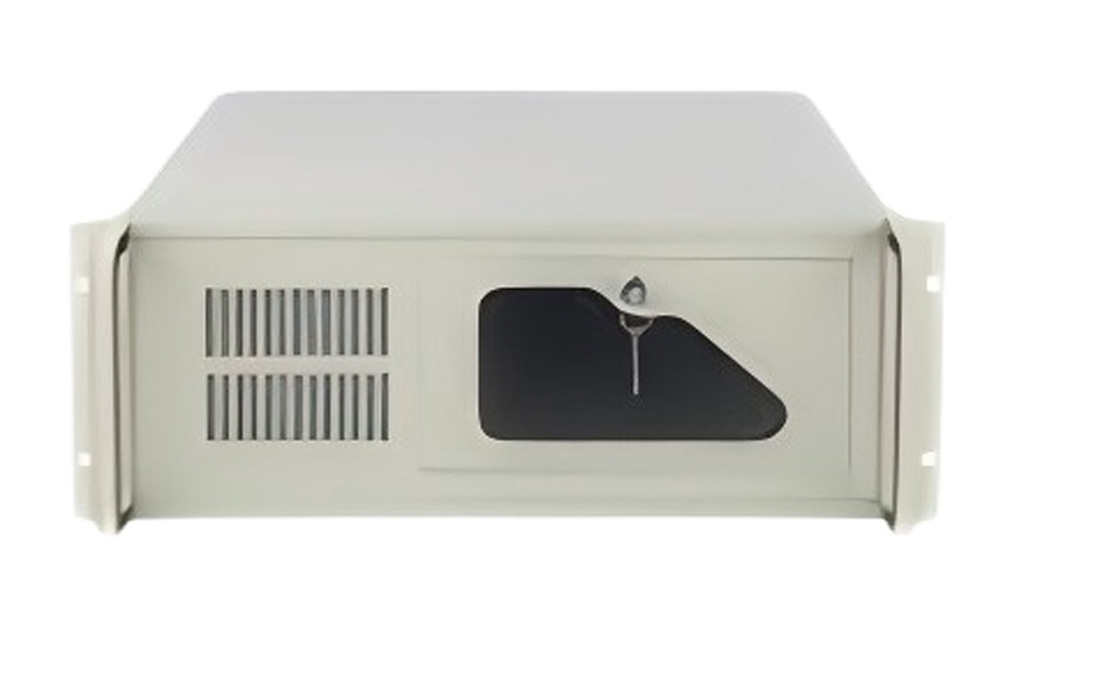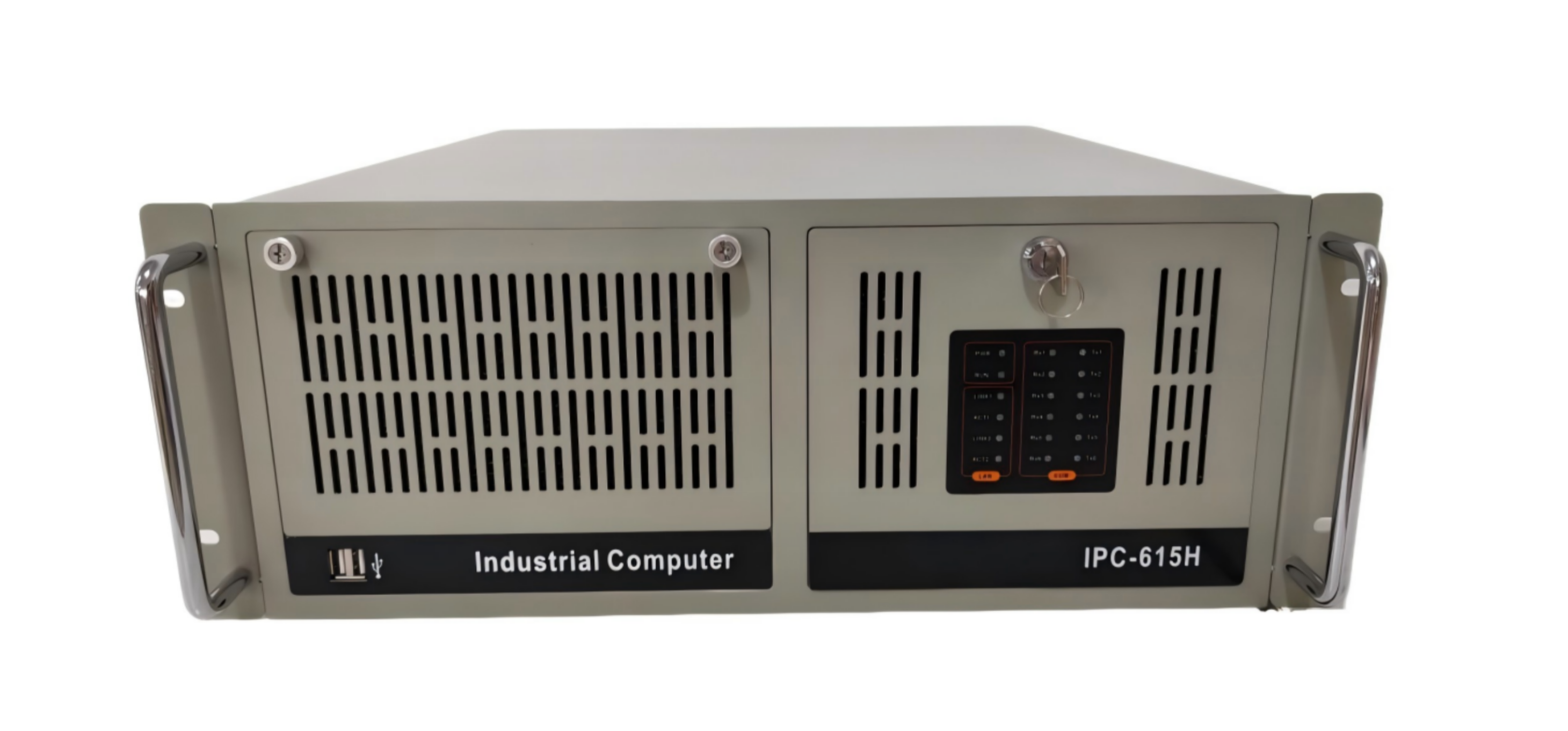
Adhesive Application Detection
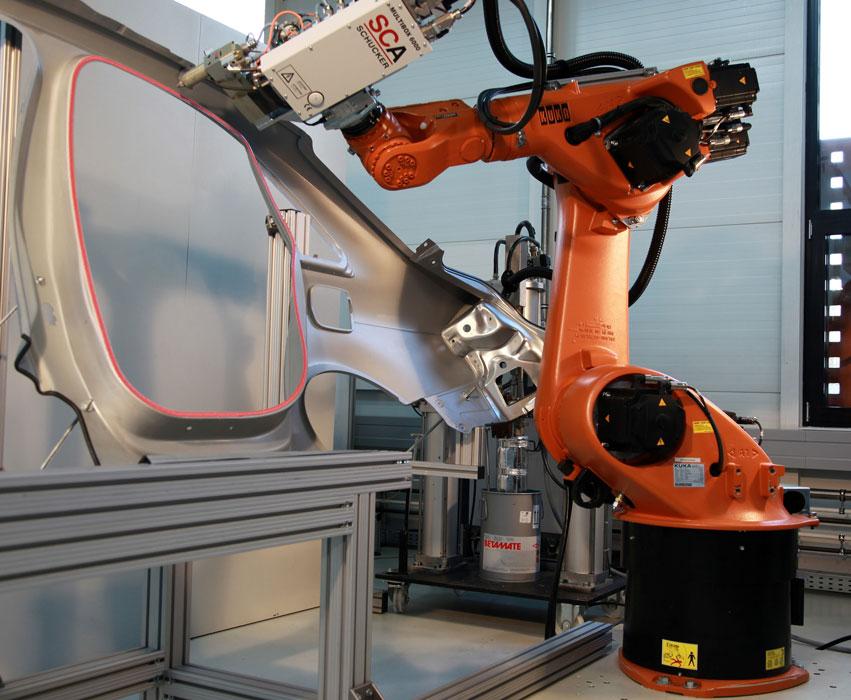
Detection Requirements:
1, Adhesive Application Standards:
a. For expanding adhesive, the application diameter must be 6mm, confined to the adhesive groove, with no instances of breaks or insufficient application
b. For edge fold adhesive, the application diameter must be 2mm, with strict prohibitions against breaks or insufficient application
2, Adhesive Application Speed:
a. Edge fold adhesive robot speed: 0.5-0.6 m/s, output volume: 8 cm³/s
b. Expanding adhesive robot speed: 0.2 m/s, output volume: 1.4 cm³/s

Project Details:
Utilizing a 3D camera to generate a point cloud map of the product, we accurately identify the positioning of the door frame. The trajectory template is then matched with the recognition results, allowing the vision system to relay the adhesive application path to the robot, guiding its application process.As consumer demands for lightweight vehicle bodies and fuel efficiency become increasingly stringent, lightweight materials such as aluminum alloys are being utilized more extensively in automotive structures, battery trays, and chassis. The welding of aluminum components poses significant challenges during manufacturing, while the adhesive application process offers advantages in certain aspects of metal bonding, leading to its growing prevalence in automotive production.
Although some domestic automotive manufacturers have adopted robotic adhesive application methods, accurately verifying whether the adhesive has been applied correctly—detecting issues such as adhesive breaks, misalignments, or omissions—remains a formidable challenge. Problems stemming from adhesive quality, which can result in production halts and rework, frequently arise in subsequent processes. Standard sensors are unable to measure the adhesive height effectively, and precise inline measurement of dimensions is unattainable when the adhesive application machinery is in rapid motion, presenting a substantial obstacle to the automation of adhesive inspection. When the adhesive strips closely match the background color, conventional machine vision systems struggle to accurately detect defects such as air pockets or adhesive breaks, thereby posing potential safety risks to the product.
The online adhesive detection based on 3D machine vision is primarily utilized in automotive welding, painting, and assembly processes. It enables efficient and accurate detection of various types and sizes of adhesives on vehicle bodies, ensuring that critical parameters such as adhesive placement, width, and continuity at detection points meet established standards. This not only enhances production efficiency but also ensures the reliability of adhesive quality throughout the automotive manufacturing process, safeguarding the final product's safety.


